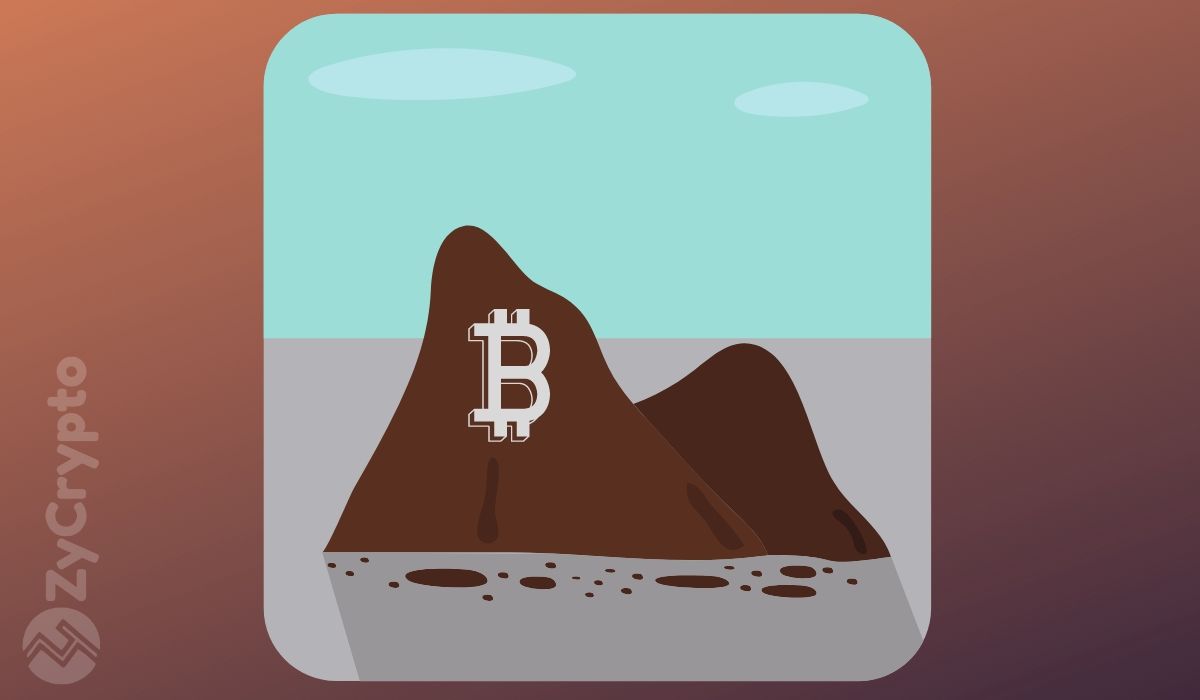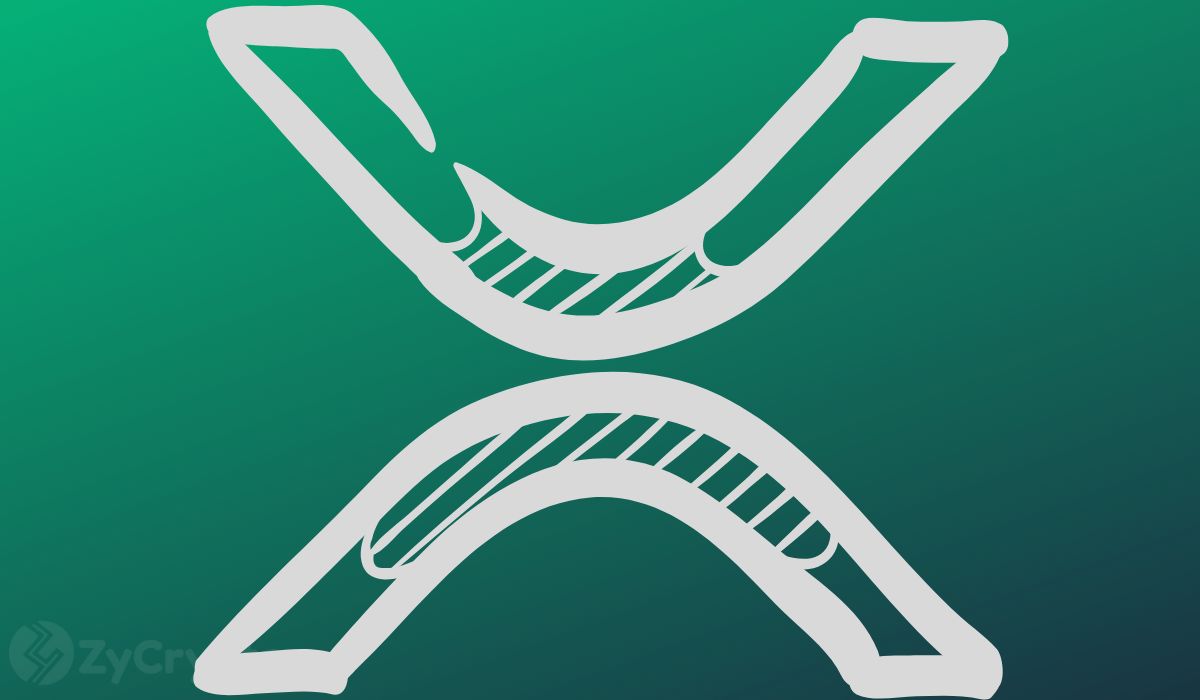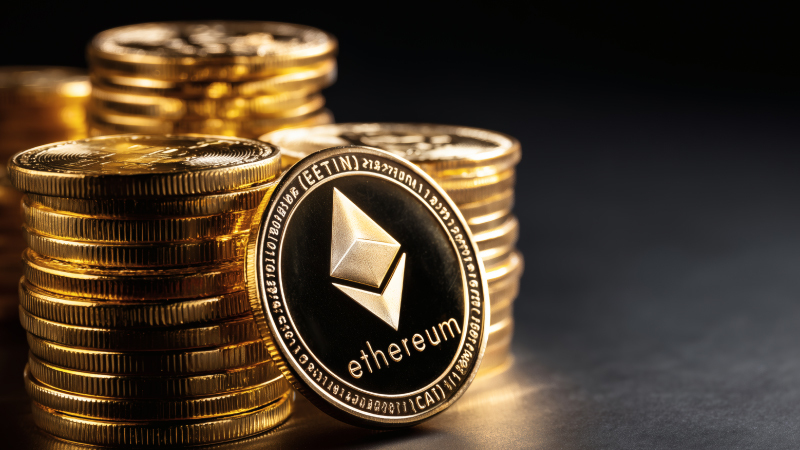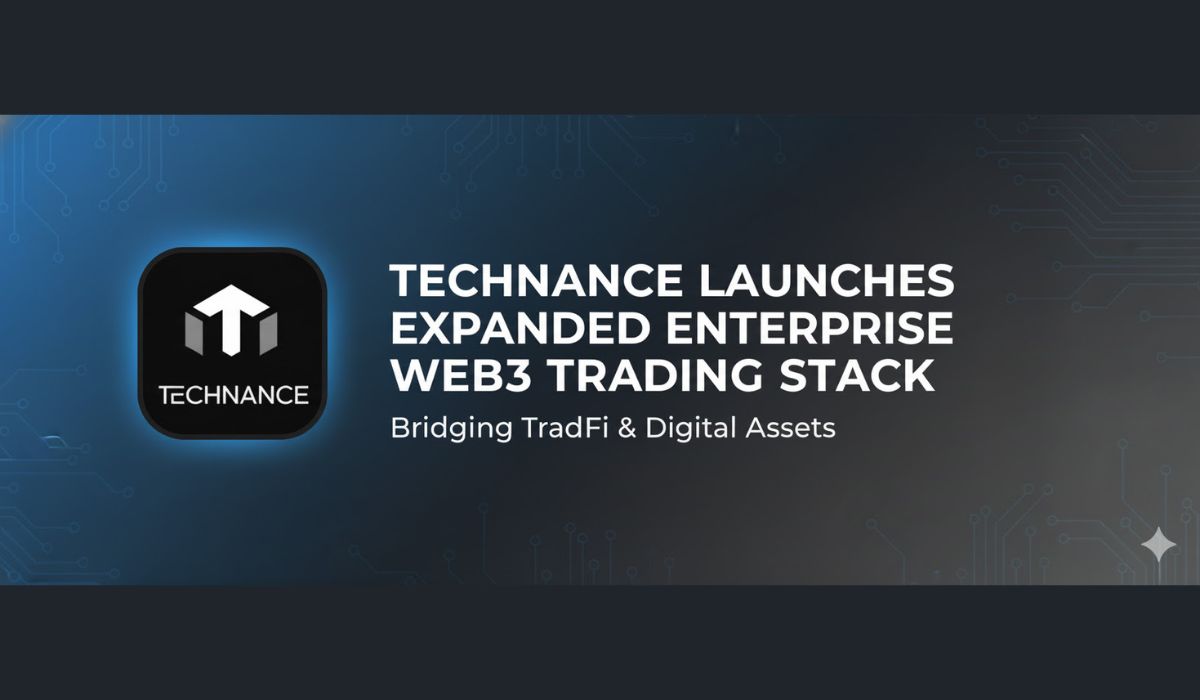In a landmark move poised to reshape the digital asset landscape, a coalition of leading crypto entities, blockchain developers, and traditional financial giants has officially announced the formation of a new industry working group. Their ambitious goal: to develop and implement a unified global blockchain transaction standard. This initiative, long yearned for by market participants, promises to unlock unprecedented levels of interoperability, security, and efficiency, paving the way for crypto’s true mainstream integration.
The Imperative for Interoperability in a Fragmented Ecosystem
For years, the burgeoning blockchain industry has grappled with a significant challenge: fragmentation. Numerous blockchain networks operate in isolation, each with its own protocols, token standards, and consensus mechanisms. This siloed approach has hindered seamless asset transfer, complex cross-chain dApp development, and institutional adoption, creating a bottleneck for innovation and scalability. The lack of a common language has made it difficult for different chains to communicate, complicating everything from simple token swaps to multi-layered financial applications.
- Addressing Siloed Networks: Facilitating communication and asset transfer across disparate blockchains.
- Enhancing User Experience: Simplifying interactions for both retail and institutional users, reducing complexity and friction.
- Boosting Security: Standardized protocols can lead to more robust, audited, and secure cross-chain transactions.
- Fostering Innovation: Providing a foundation upon which developers can build truly decentralized, multi-chain applications without proprietary limitations.
Key Players and Collaborative Objectives
While the full list of participants remains under wraps, early indications suggest involvement from major exchanges, prominent DeFi protocols, foundational layer-1 and layer-2 solutions, and even established financial institutions eyeing blockchain for wholesale settlement and tokenized assets. The collaborative aims extend beyond mere technical specifications, encompassing regulatory considerations and best practices for compliance. Their stated objectives include:
- Developing a universal framework for identifying and validating transactions across different blockchain ledgers.
- Establishing standardized data formats for asset representation, ownership, and transfer.
- Creating robust APIs and middleware solutions to enable seamless integration between diverse blockchain environments.
- Engaging with global regulators to ensure the standard aligns with evolving legal and compliance requirements, fostering a safer ecosystem.
Standardizing the Future of Digital Asset Transactions
The proposed global standard is expected to cover a wide array of technical aspects, from cryptographic signatures and transaction metadata to dispute resolution mechanisms for cross-chain operations. By establishing these common denominators, the group aims to create an environment where a token issued on one blockchain can be seamlessly recognized, transferred, and utilized on another, without the need for complex, bespoke bridging solutions that often introduce security vulnerabilities. This ‘common language’ approach is critical for the next wave of crypto evolution, enabling truly global and borderless financial services.
Potential Impact on DeFi and TradFi Integration
The implications of a unified transaction standard are profound. For Decentralized Finance (DeFi), it promises to unlock deeper liquidity pools, facilitate more sophisticated multi-chain financial products, and reduce arbitrage opportunities stemming from fragmentation. For Traditional Finance (TradFi), it represents a significant leap towards institutional adoption of digital assets. Banks and asset managers currently face immense friction in integrating blockchain technology due to varying standards and regulatory uncertainties. A global standard would streamline compliance, simplify risk management, and accelerate the tokenization of real-world assets, bridging the gap between legacy systems and the decentralized future.
Conclusion
The formation of this industry-wide initiative to forge a global blockchain transaction standard marks a pivotal moment for the crypto economy. By uniting key players across the digital and traditional financial sectors, the industry is signaling a collective commitment to maturity, security, and widespread adoption. While the path to a fully unified standard will undoubtedly present challenges, the collaborative spirit and clear vision behind this effort inspire optimism that the fragmented landscape of yesterday is rapidly giving way to an interconnected, efficient, and globally accessible blockchain future.
The post Crypto Titans Unite: Forging a Global Blockchain Transaction Standard for Mass Adoption appeared first on FXcrypto News.


























 24h Most Popular
24h Most Popular








 Utilities
Utilities